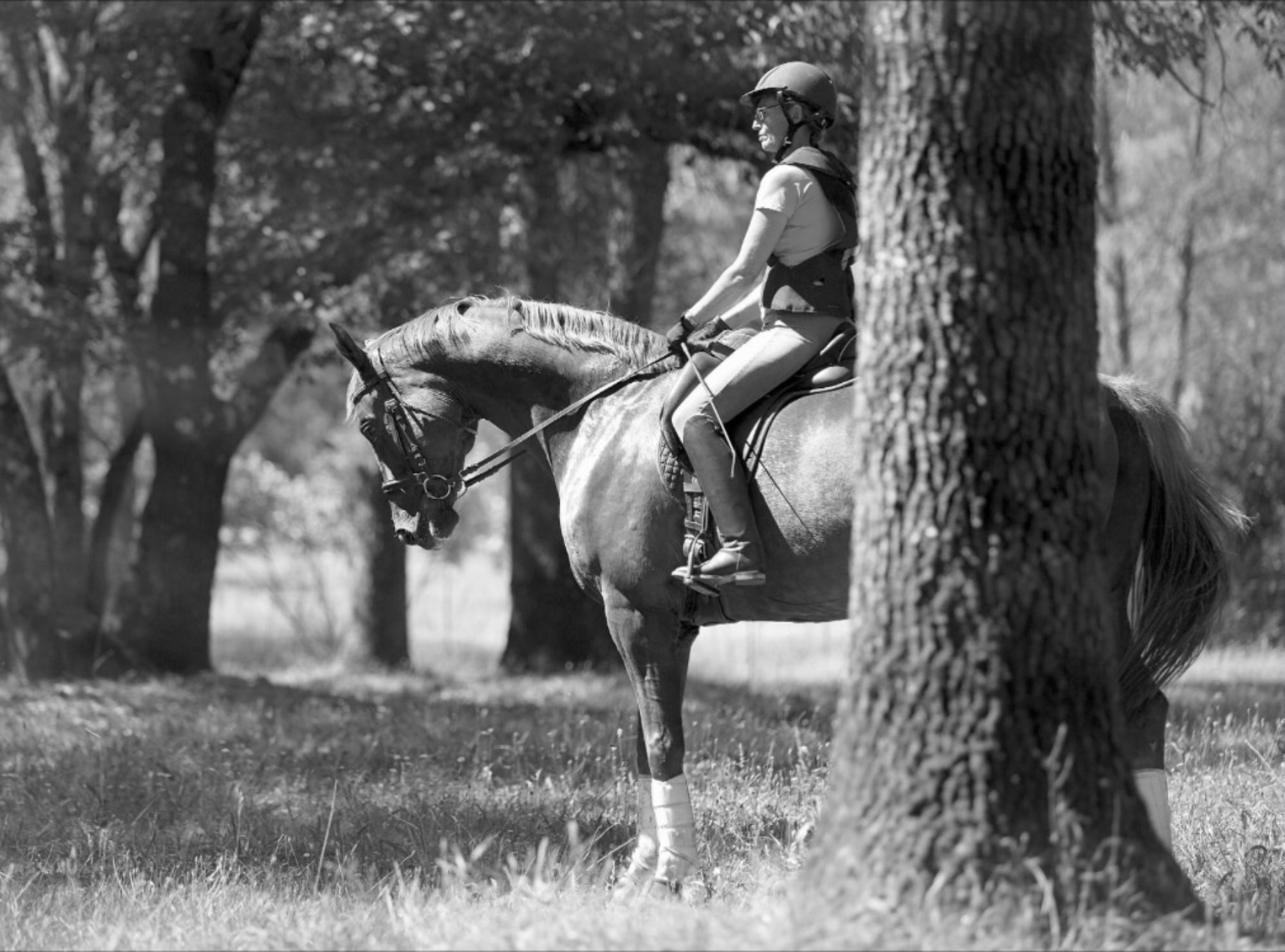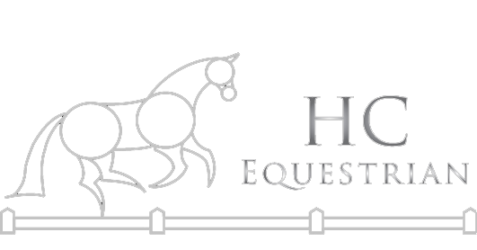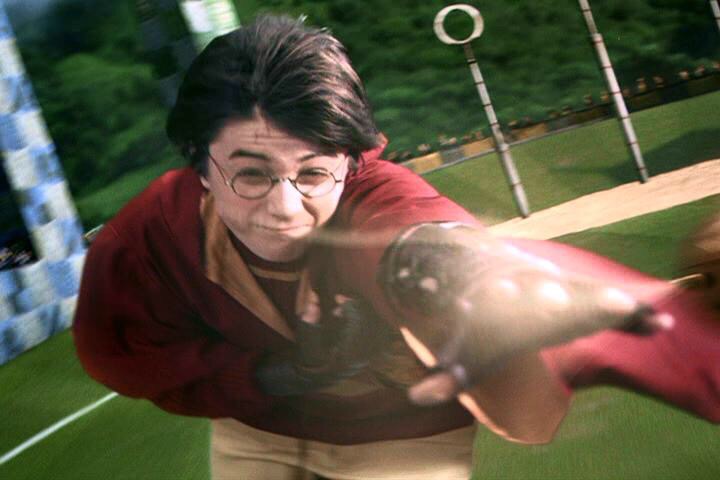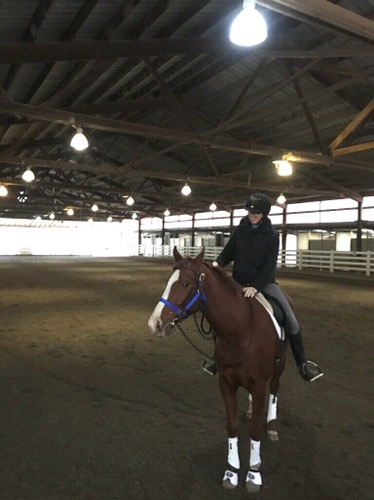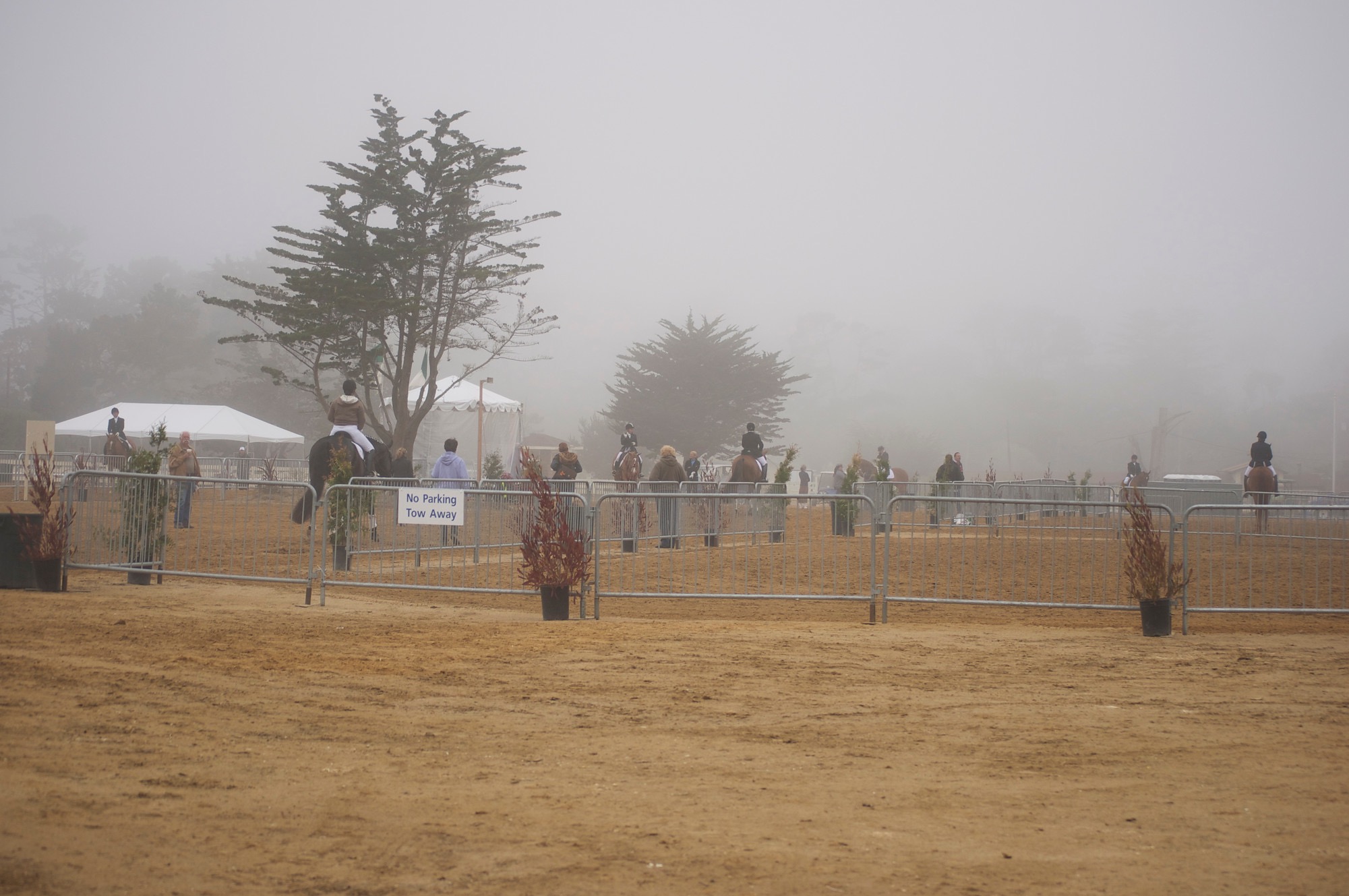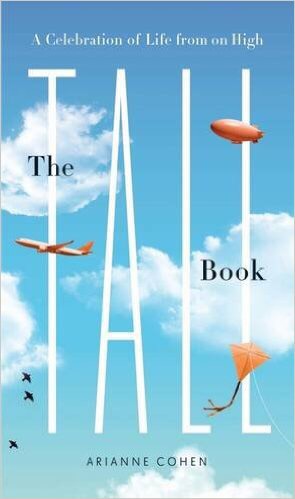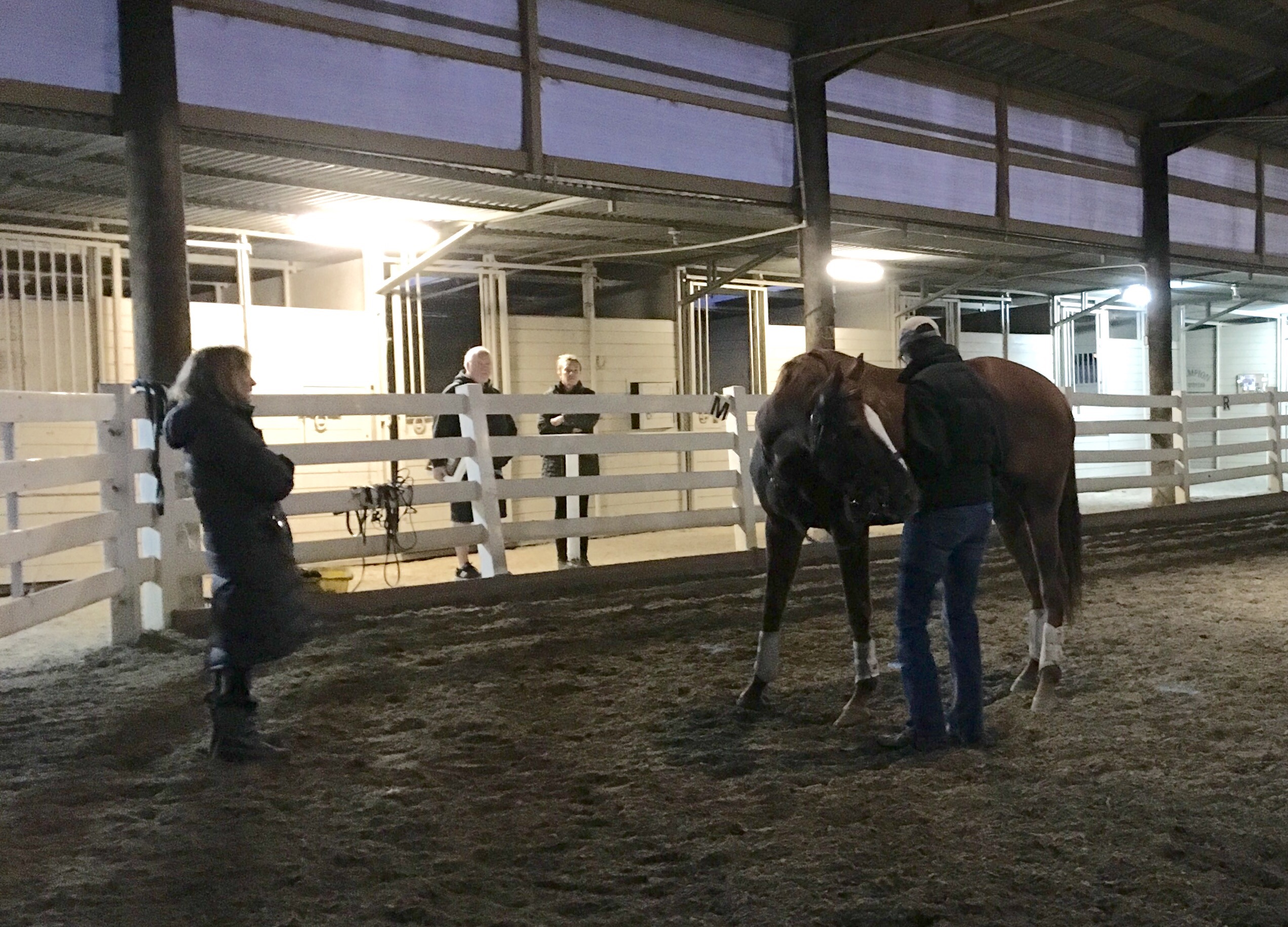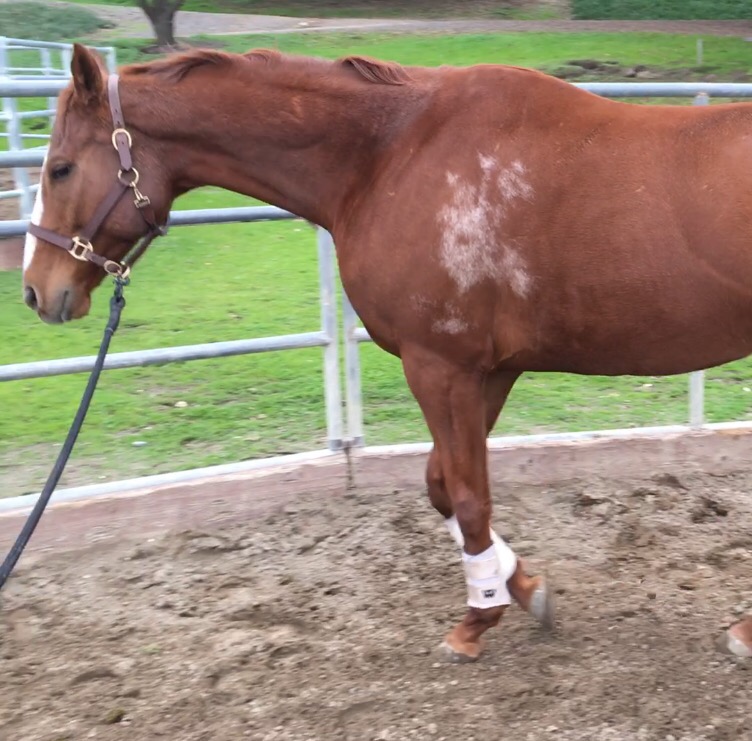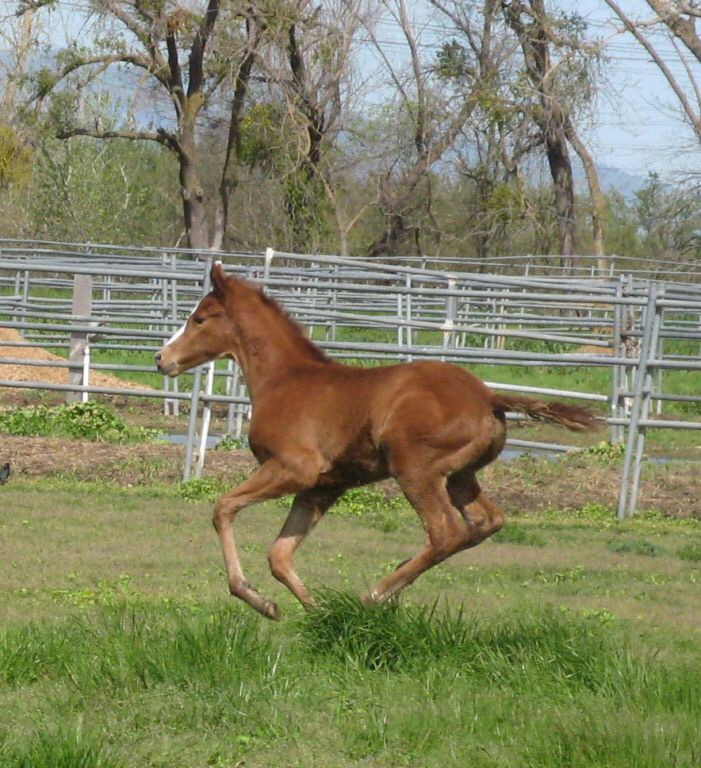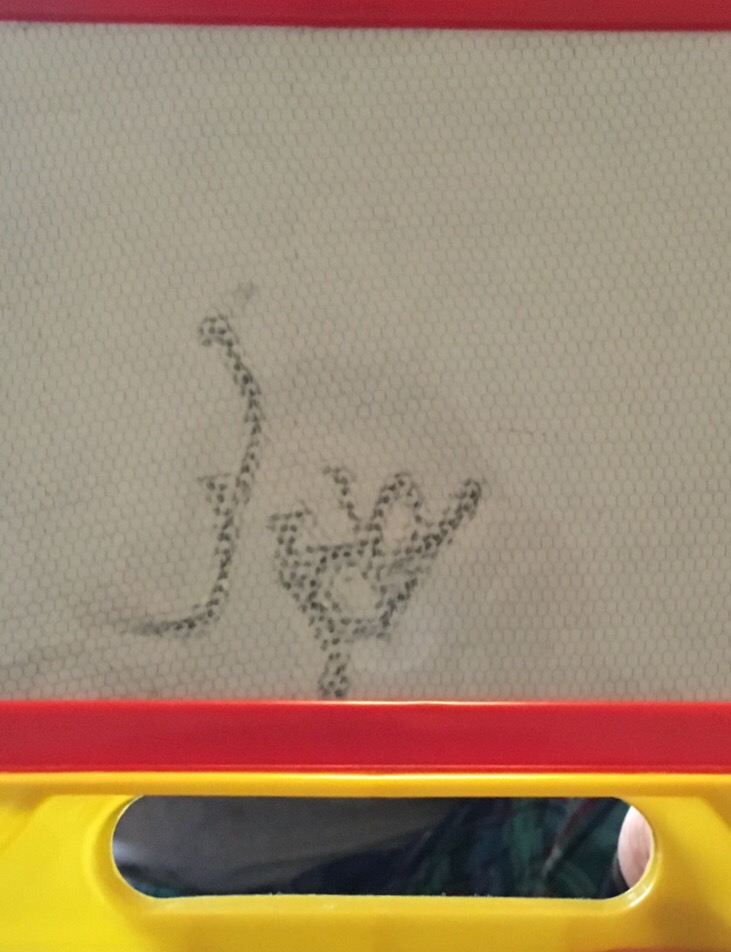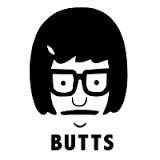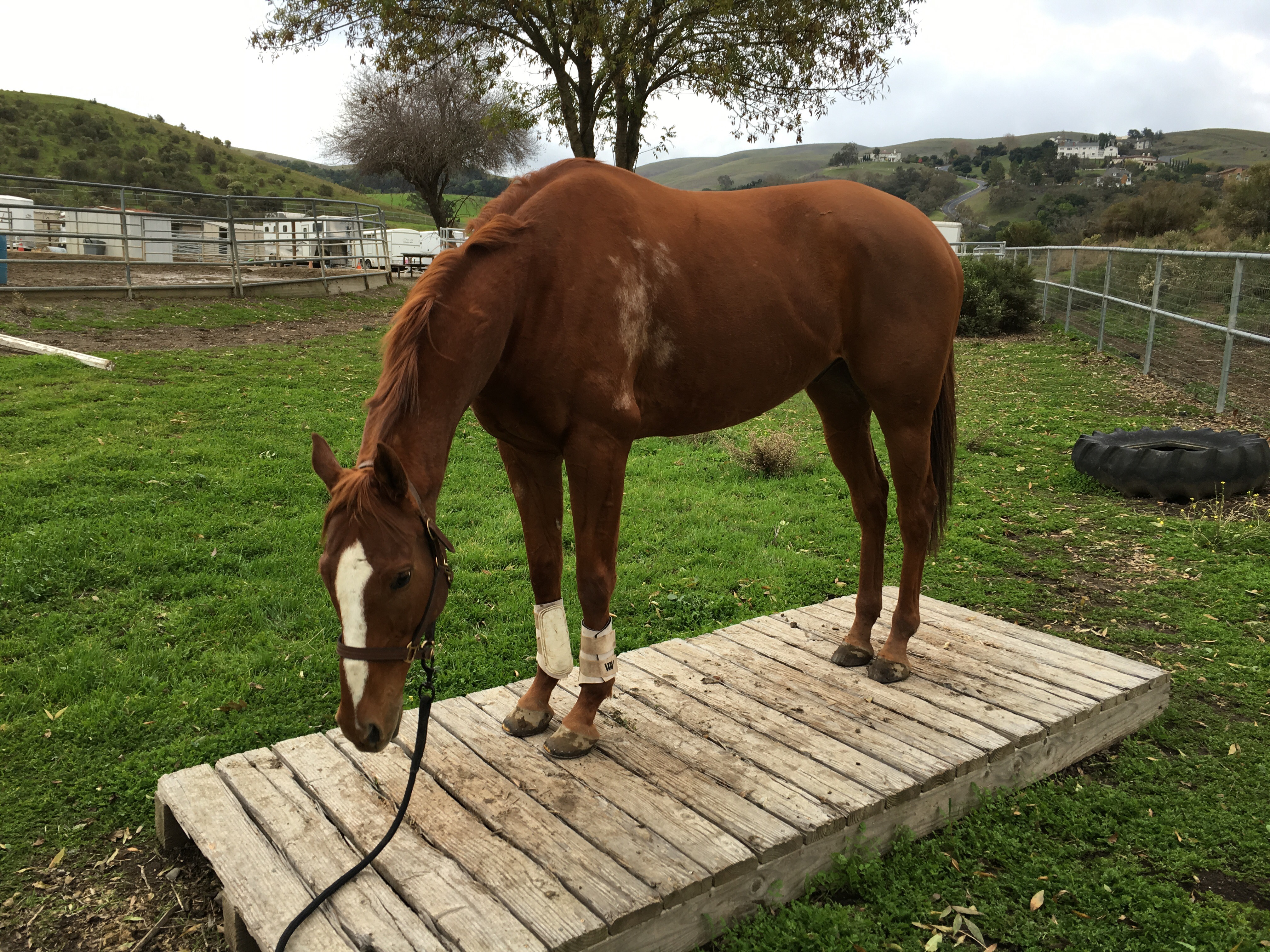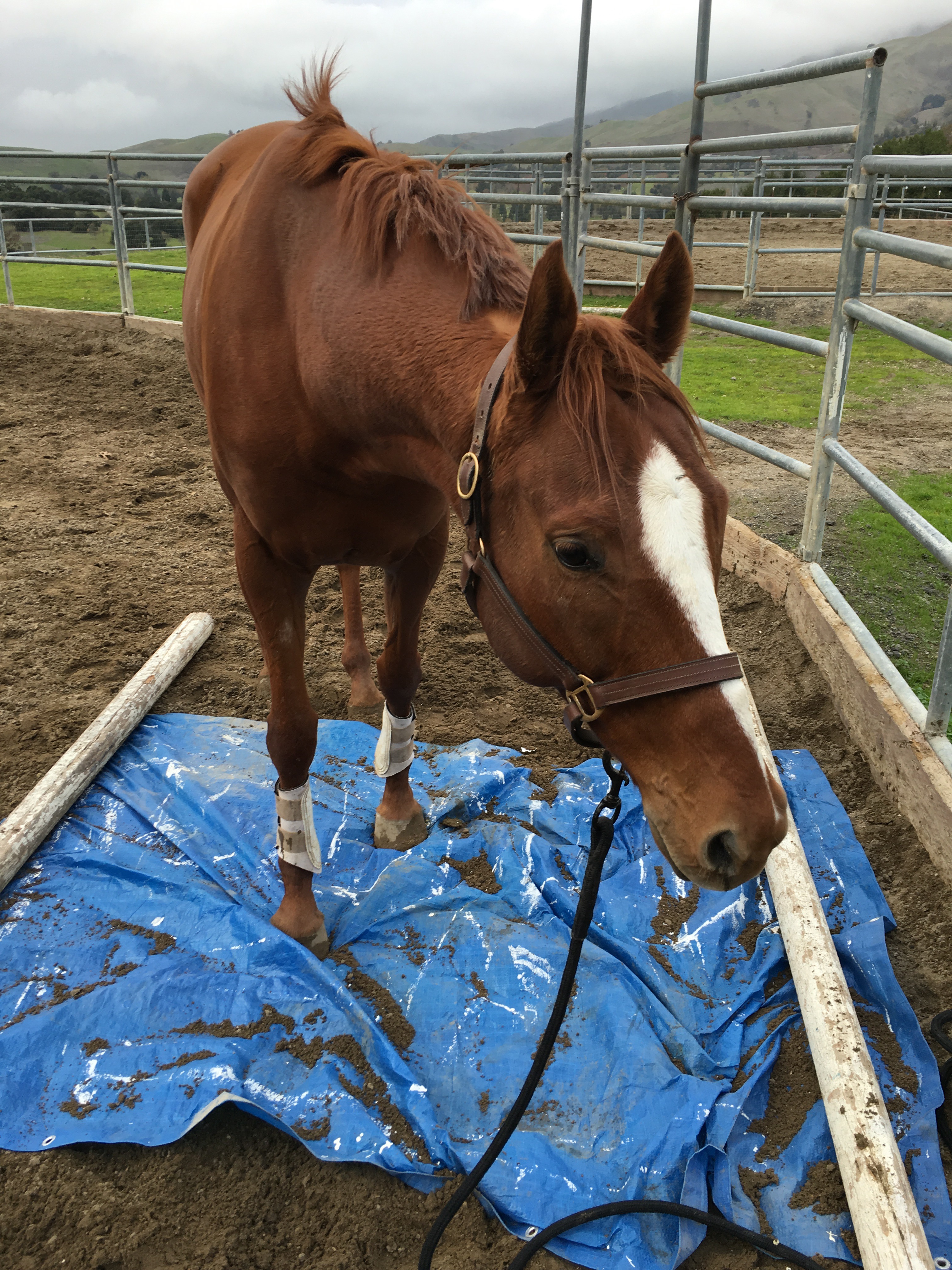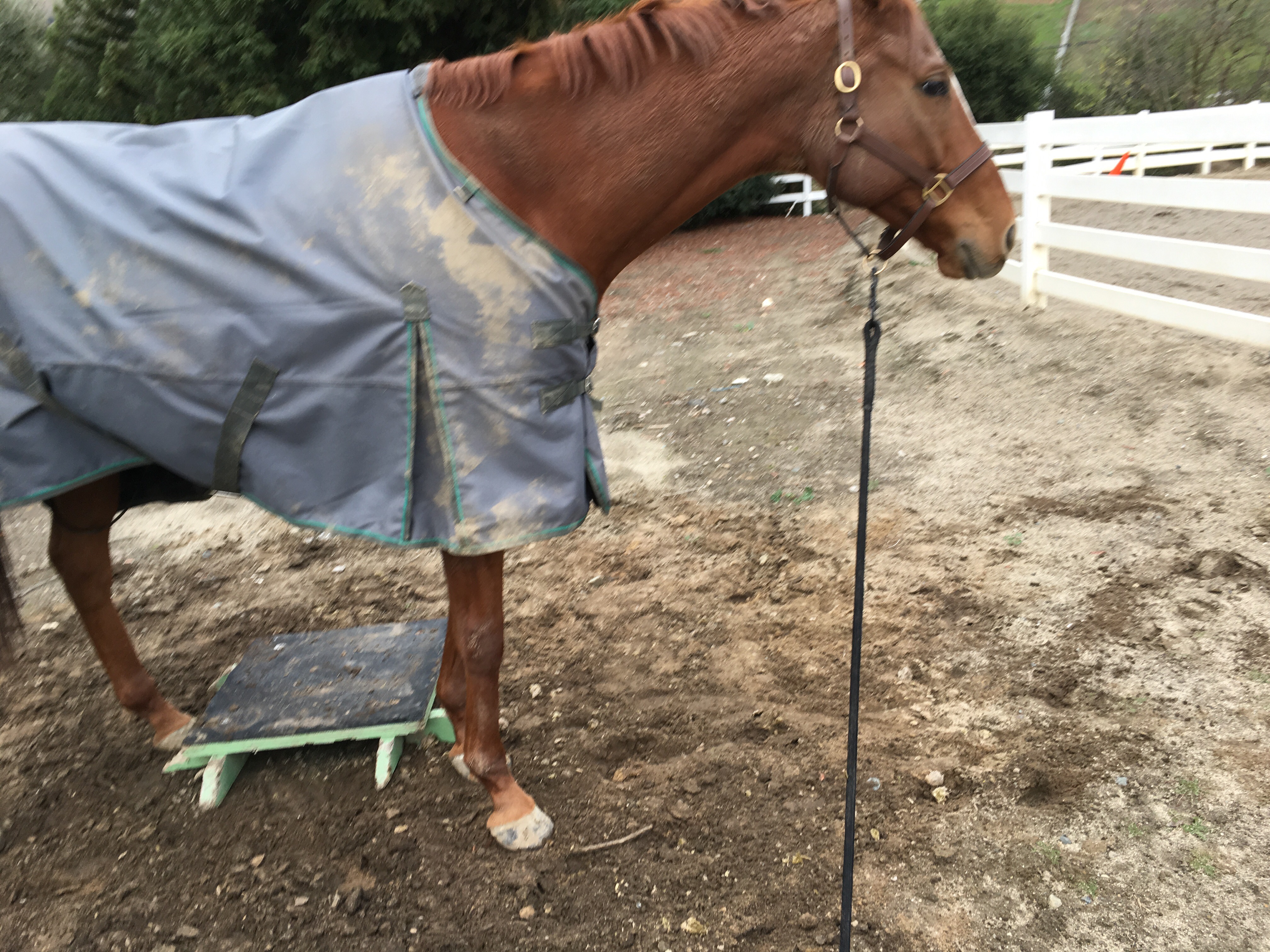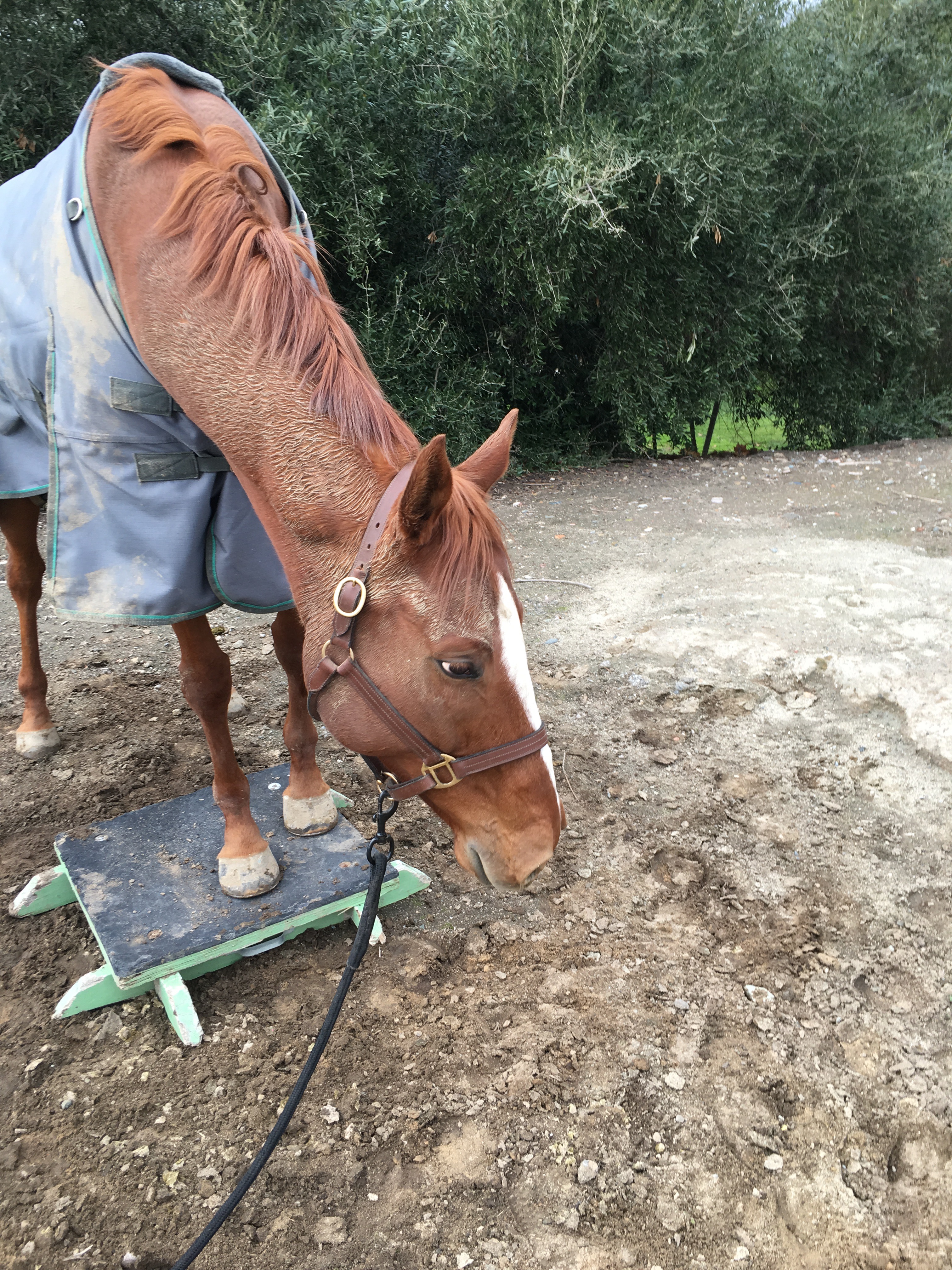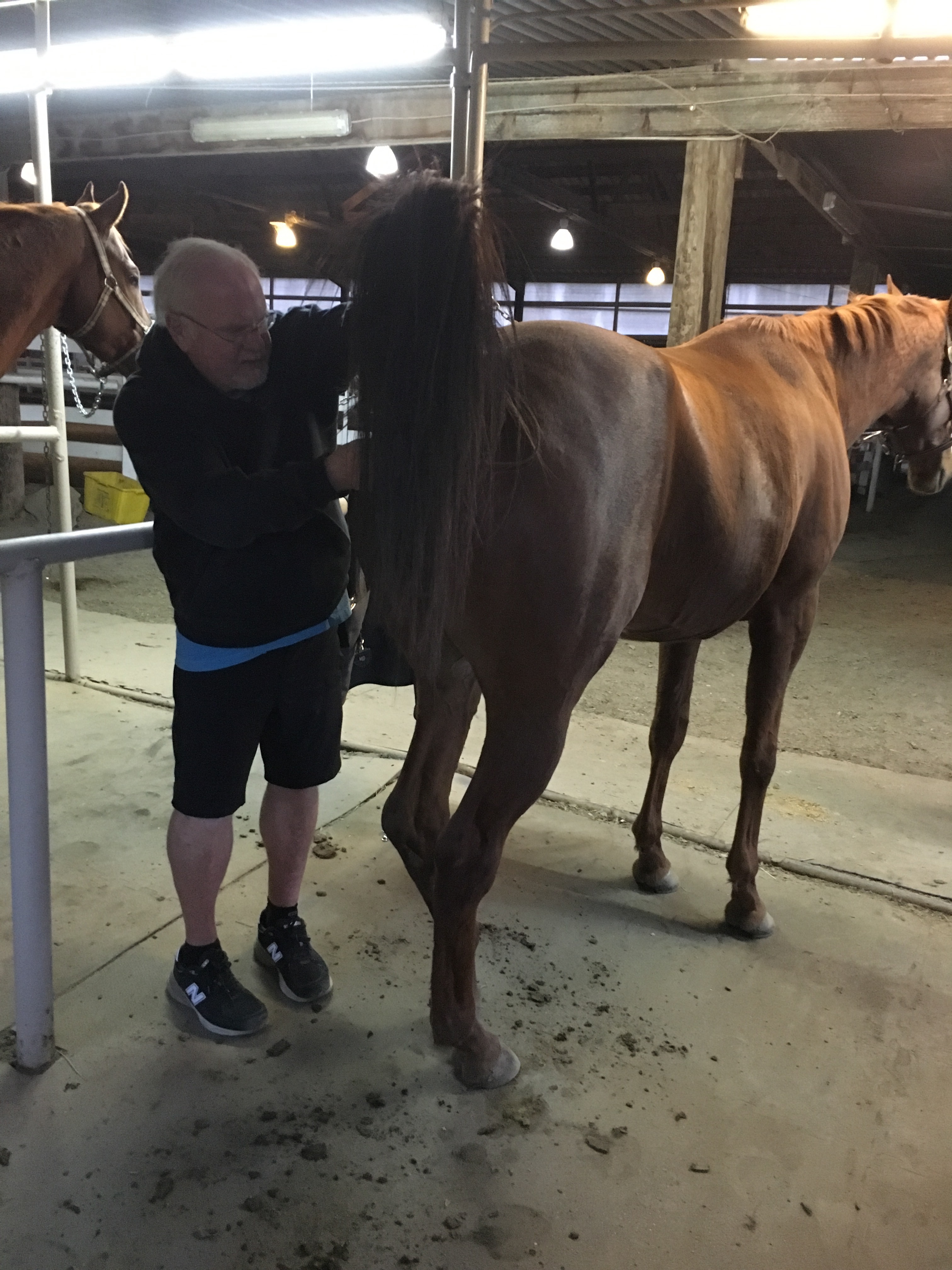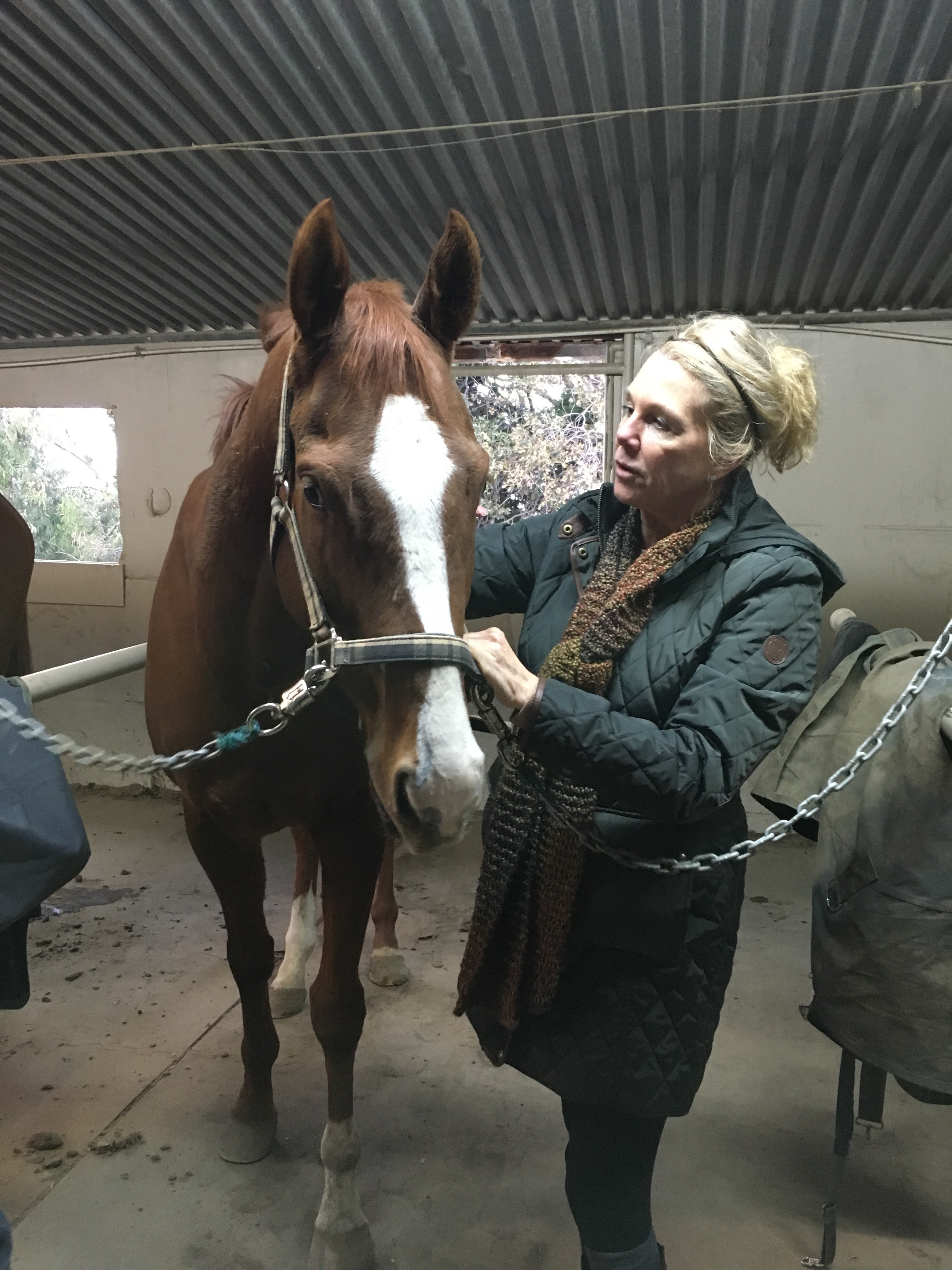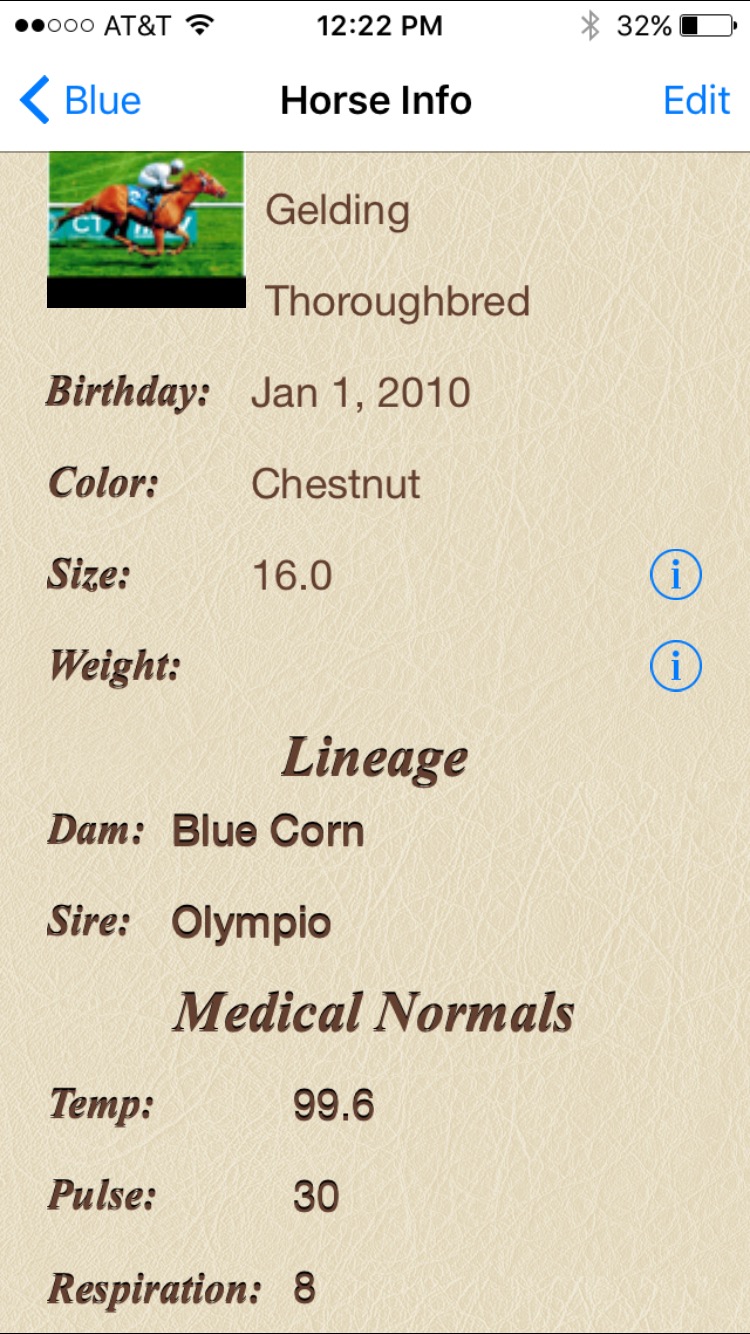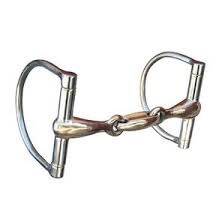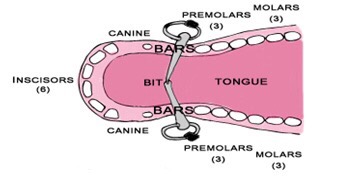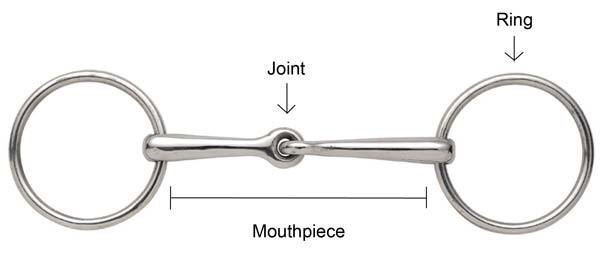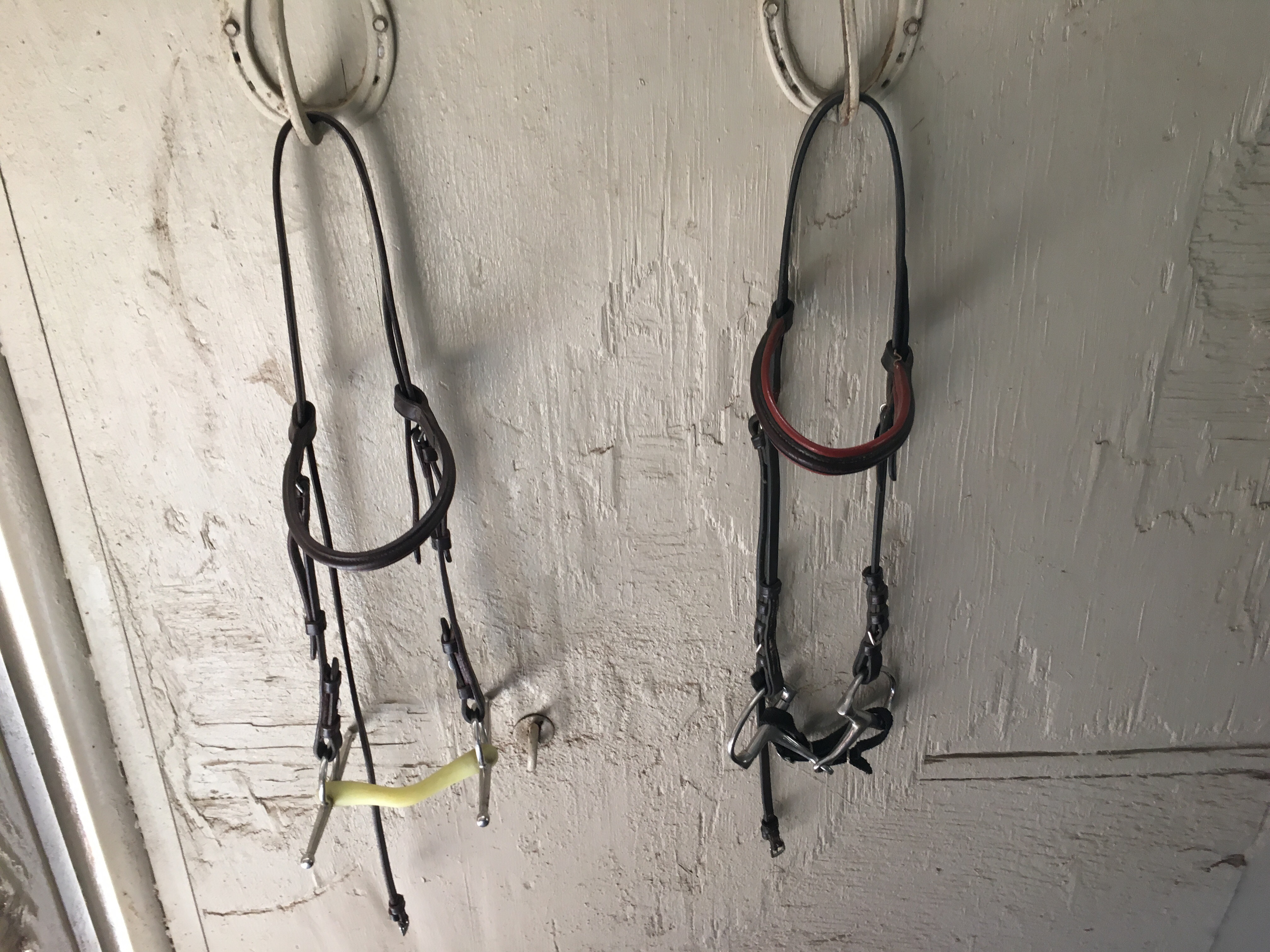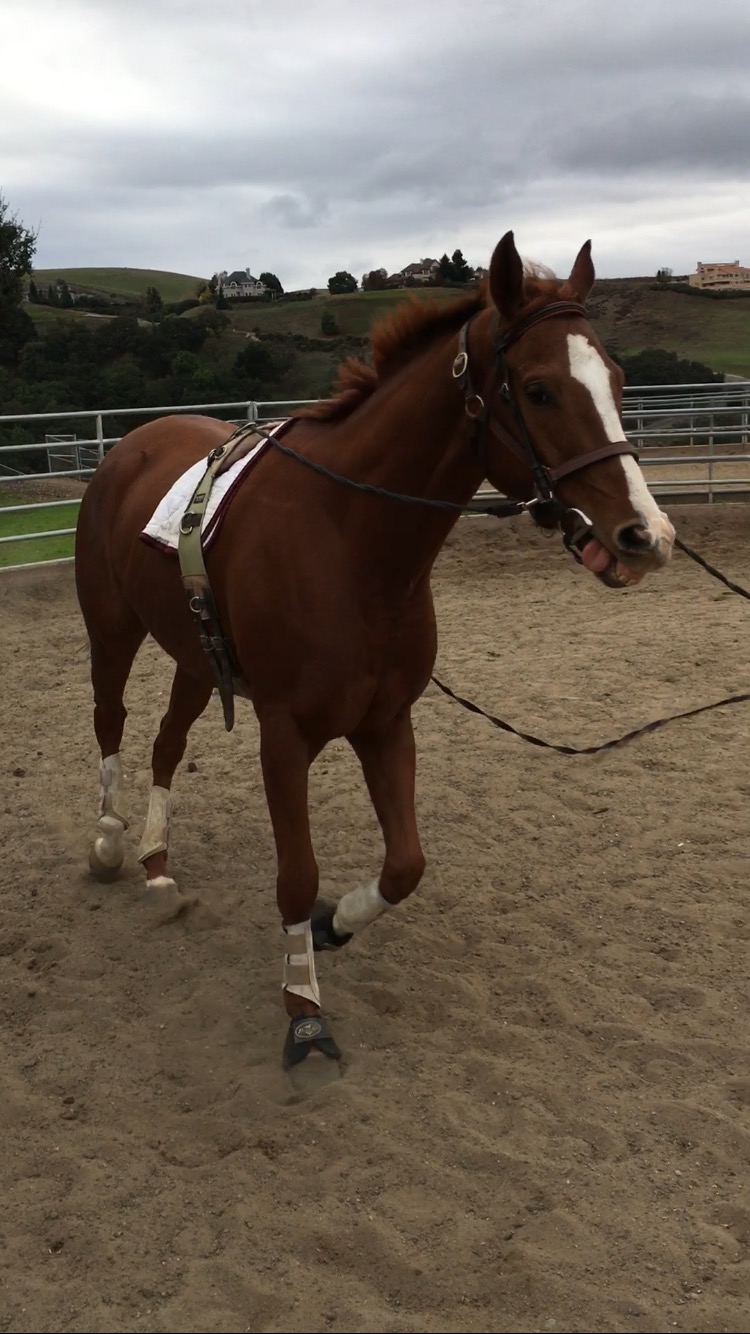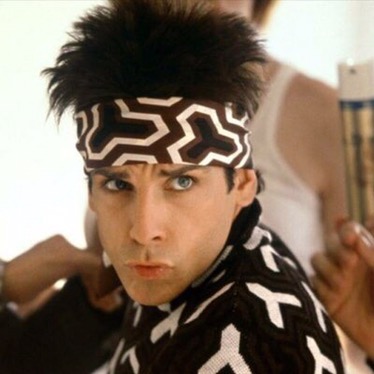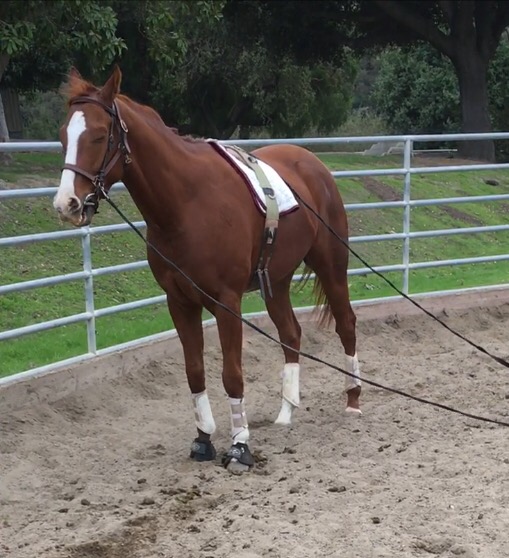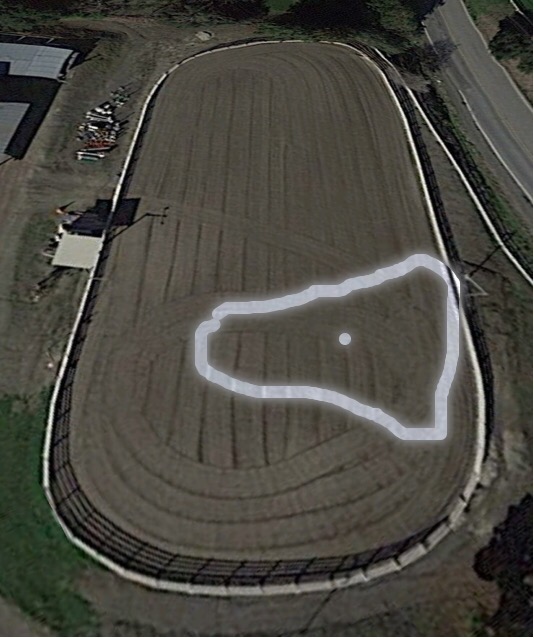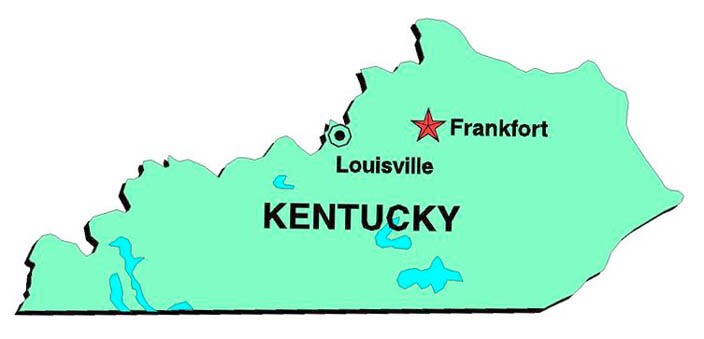Yesterday’s entry was about my riding confidence and the tools I use to improve it. As I was writing it, it occured to me that I use many of the same tools to help a horse get their confidence back too.
To refresh your memory of yesterday’s post, my section headers were:
- Just Say No
- Ride someone else
- Mitigate your pain
- Warm up, literally
- Have a ground support person
- Fake it ’till you make it
- Be your own cheerleader
- Be honest with yourself
Here’s how they relate to the horse’s confidence
Just say no
The advice for the rider is to not ride a horse that makes them anxious. The same is true for the horse. If the horse is in a place where a rider will make them anxious, they should spend some time doing groundwork to prepare to carry a rider again. The type of ground work that can be done is a whole other topic for another day.
Ride Someone Else
The advice for the rider was to switch to a confidence building horse for awhile. The above for the horse is to switch to a rider that gives them confidence for awhile. There principle is the same. Develop a habit of confidence that can carry over to a different partnership.
Mitigate Your Pain
Advice for the rider was to get pain killers on board so as not to ride in a way that protects your body and induces discord due to rigidity. Not only will the horse have a similar response to pain, they also bear the burden of being a prey animal.
If a prey animal, like a horse, is in pain, they know they will be the first ones to be picked off by a predator. So buy your horse the joint injections, get him dental and chiropractic treatment. Make sure that your saddle fits and his feet don’t hurt. Heck, throw some NSAIDs his way. Make him comfortable in his own body so he isn’t left feeling vulnerable.
Warm up, literally
Advice for the rider was to ensure muscles are warm and loose before mounting so it’s easier to follow with the horse. The horse should also be warm and loose before being asked to carry a rider. Keeping his large muscles warm with a cooler, quarter sheet, or heat lamp while getting ready may help. Being turned out and getting a good roll is a great way to stretch. If that’s not possible, do a longe before saddling.
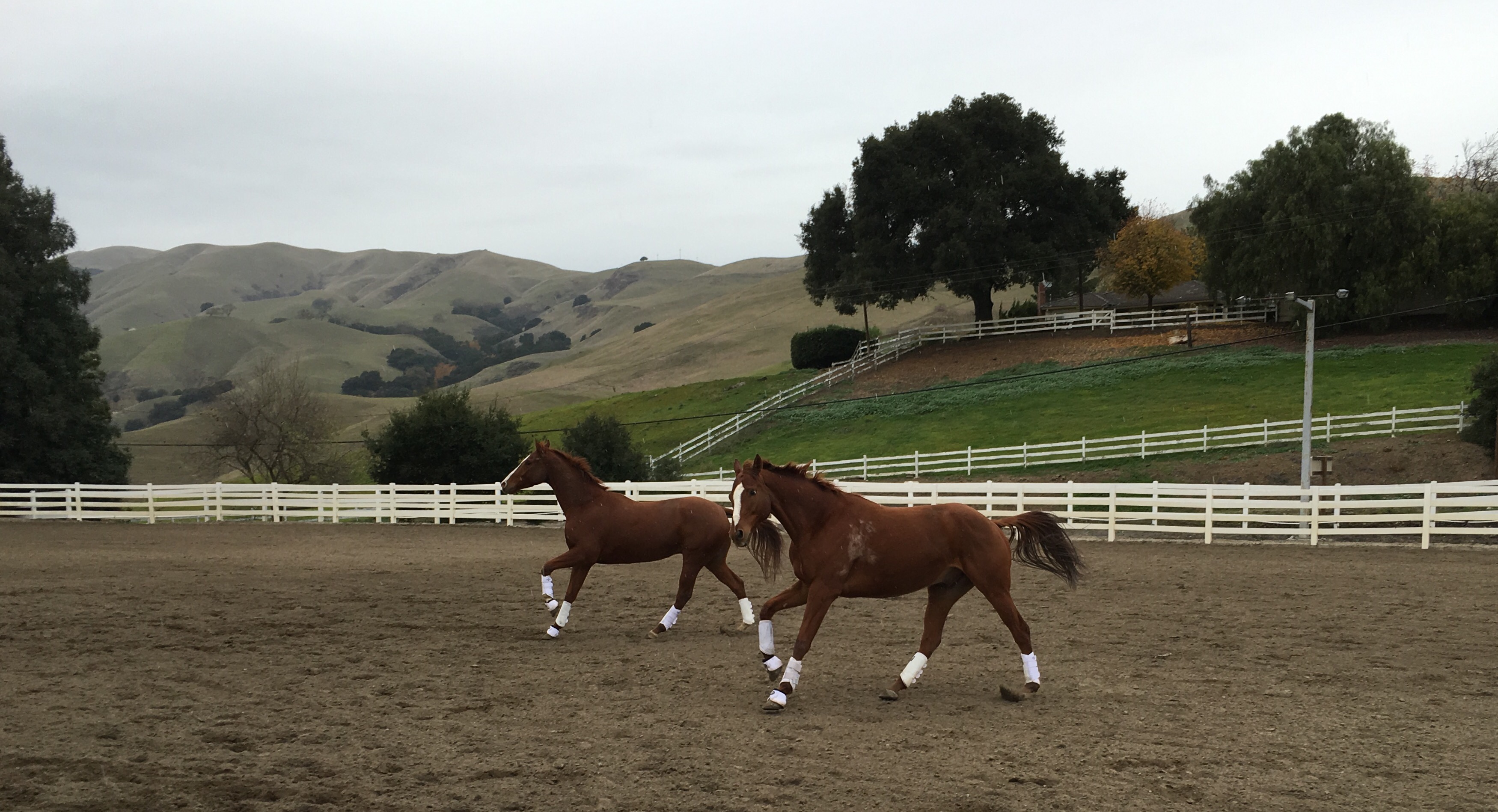 Corny and Blue warm up togetber
Corny and Blue warm up togetber
Have a ground support person
Just like riders, an anxious horse may find comfort in having a back-up leader near by. That could be his trainer on the ground, or another confident horsey buddy standing close.
Fake it’till you make it
Riders clench their butts, snatch the bit, take their leg of, tense their face, and stop breathing. Horses tighten their backs, lift their neck, tense their face, and stop breathing.
Just like riders faking a posture of confidence and relaxation, we can train our horse to do the same. When his body is put in a posture of relaxation, his brain will begin to think that he is relaxed!
So teach your horse to lower his neck when you ask. This may be through flexion, or giving to poll pressure. Either way, a subject for another day. Watch his eyes, ears, mouth, and nose for signs of relaxation. Encourage a steady and forward tempo. Teach him to look like a confident horse.
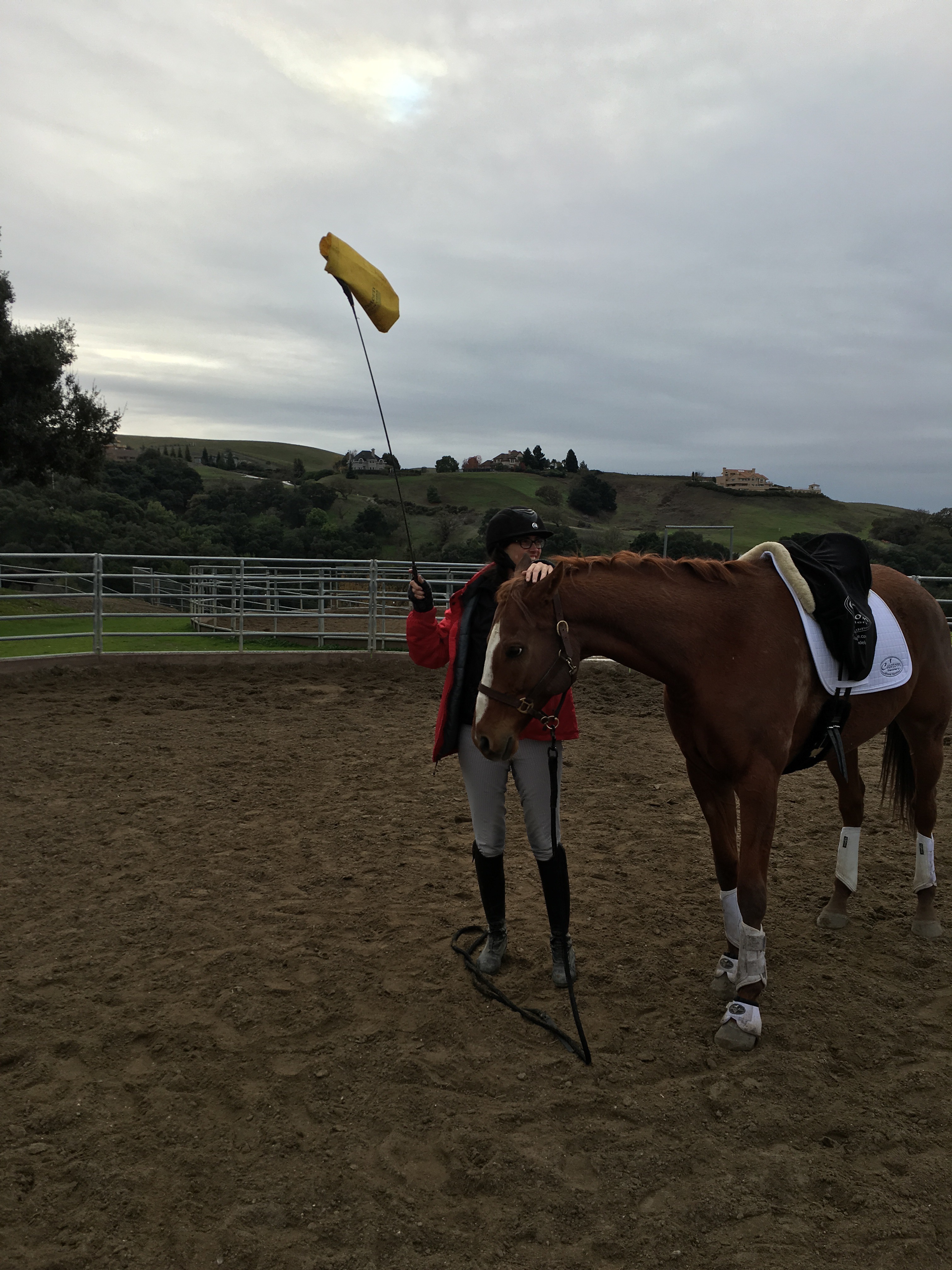 Blue was a bit worried about my flag, so I asked him to lower his head
Blue was a bit worried about my flag, so I asked him to lower his head
Be your own cheerleader
While this is harder for your horse to do for himself, you can certainly do it for him. Find something he is doing well, even if it’s simple, or just a little try. Then make much of him, “you’re so good, all the mares like you, what a clever boy!” Praise a lot. Like enough that people walking by think that you are a head case.
Be honest with yourself
If you’re horse is faking confidence and relaxation, try to spot it. If he shuts down and goes to his happy place he may not be scary at that moment in time, but when he snaps out of it, watch out! Those are the horses that seemingly blow up out of nowhere. Try to snap him out of his comatose impression of calm, and address his low level anxiety before it escalates into something harder to manage.
Often horses and riders lose confidence at the same time. To address all these steps to regain confidence, it may be best to part company for a little while and come back together when you each have more confidence.
